 "ttyymmnn" (ttyymmnn)
"ttyymmnn" (ttyymmnn)
02/27/2015 at 10:37 • Filed to: planelopnik, planelopnik history
 5
5
 7
7
 "ttyymmnn" (ttyymmnn)
"ttyymmnn" (ttyymmnn)
02/27/2015 at 10:37 • Filed to: planelopnik, planelopnik history |  5 5
|  7 7 |
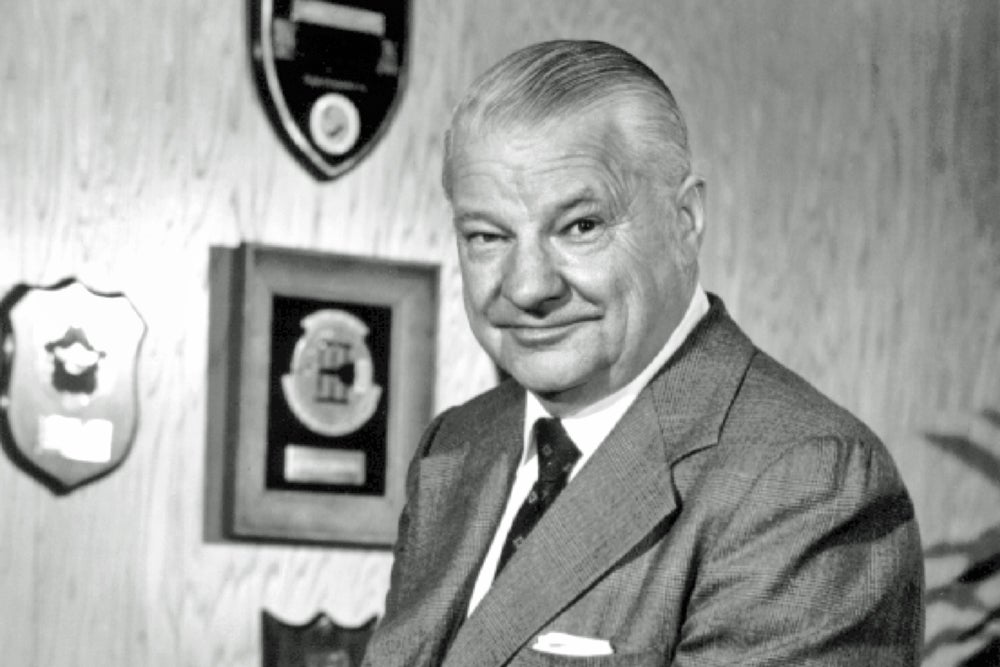
February 27, 1910 is the birth date of Clarence Leonard "Kelly" Johnson, one of the most influential and successful aircraft design engineers in history. His work for the Lockheed Corporation gave us some of the world's most iconic aircraft, including the P-38 Lightning, the P-80 Shooting Star, the F-104 Starfighter, the U-2 "Dragon Lady," and the SR-71 Blackbird.
Johnson began his long and illustrious career with Lockheed when he joined the company in 1933 after obtaining a master's degree in aeronautical engineering from the University of Michigan. His first job was as a tool designer earning $83 a month. Johnson first caught the eye of Lockheed brass when he brought to their attention an instability in the Lockheed Model 10 Electra. Johnson had discovered the problem while performing wind tunnel tests on the Electra in graduate school. When he proposed a successful fix to the instability problem, his bosses took note. The twin tail design he suggested would become a hallmark of future Lockheed designs. Johnson went on to serve as a flight test engineer, stress analyst, aerodynamicist, and weight engineer. By 1938 he was a chief research engineer.
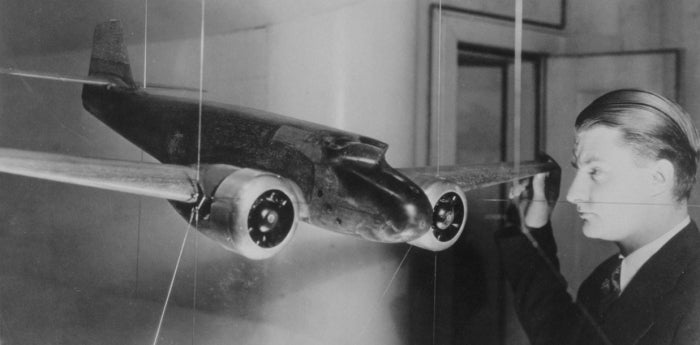
Kelly Johnson inspects an early wind tunnel model of the Lockheed Model 10 Electra. ( !!!error: Indecipherable SUB-paragraph formatting!!! )
During WWII, German advances in the area of jet aviation had the US Army Air Force on the back foot, and they were pressed to develop their own high performance jet fighters as quickly as possible. Johnson said that he could develop a jet fighter in 6 months, a promise he made good on when Lockheed introduced the P-80 Shooting Star, America's first operational jet fighter, in January of 1944 after only 143 days of development. In spite of the remarkably short development time, the Shooting Star was too late to see actual combat in WWII.
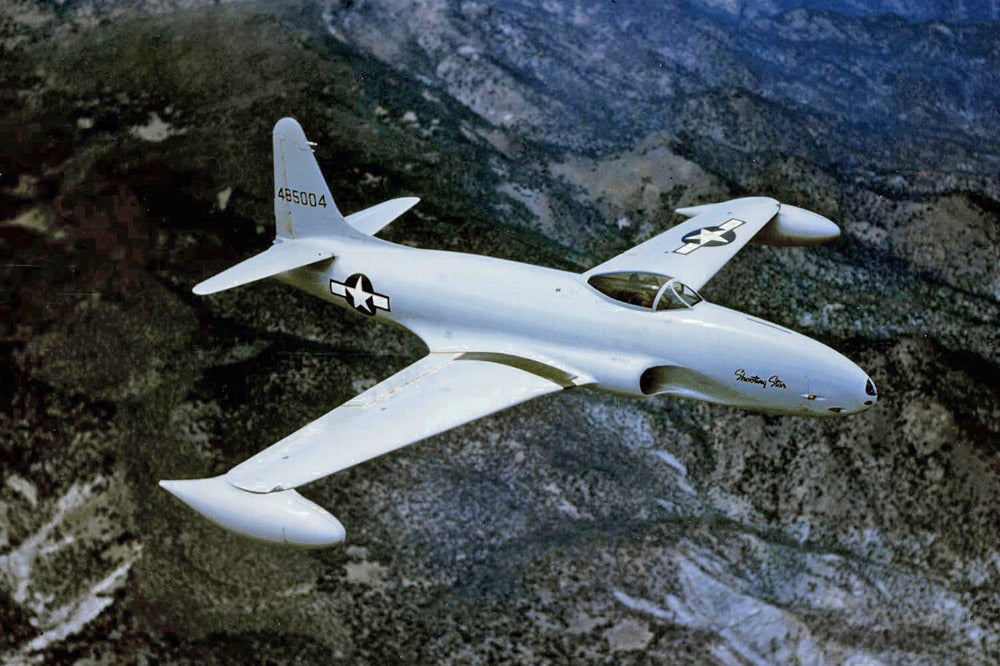
P-80A Shooting Star
Johnson's rise through the Lockheed Corporation continued, and by 1952 he had become the chief engineer of Lockheed's Burbank plant, and in 1956 he was appointed Vice President of Research and Development. In 1958, Johnson was named Vice President of Advanced Development Projects (ADP), a position that would garner Johnson his greatest notariety when the ADP became known as the Skunk Works. Here, Johnson and his team would create some of the aircraft he is best known for: the supersonic F-104 Starfighter, the high-flying U-2 reconnaissance plane, and the untouchable SR-71 Blackbird.
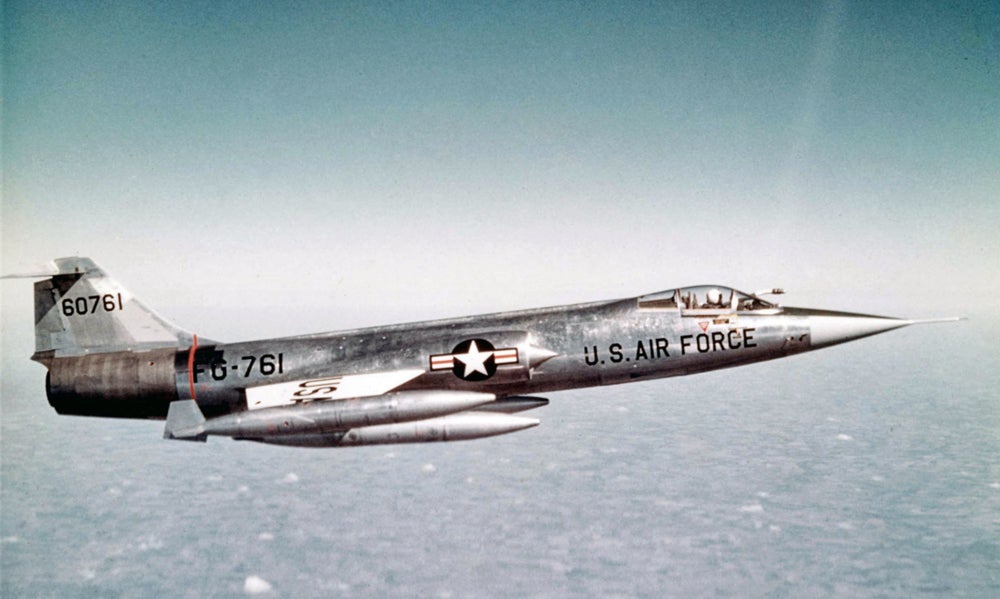
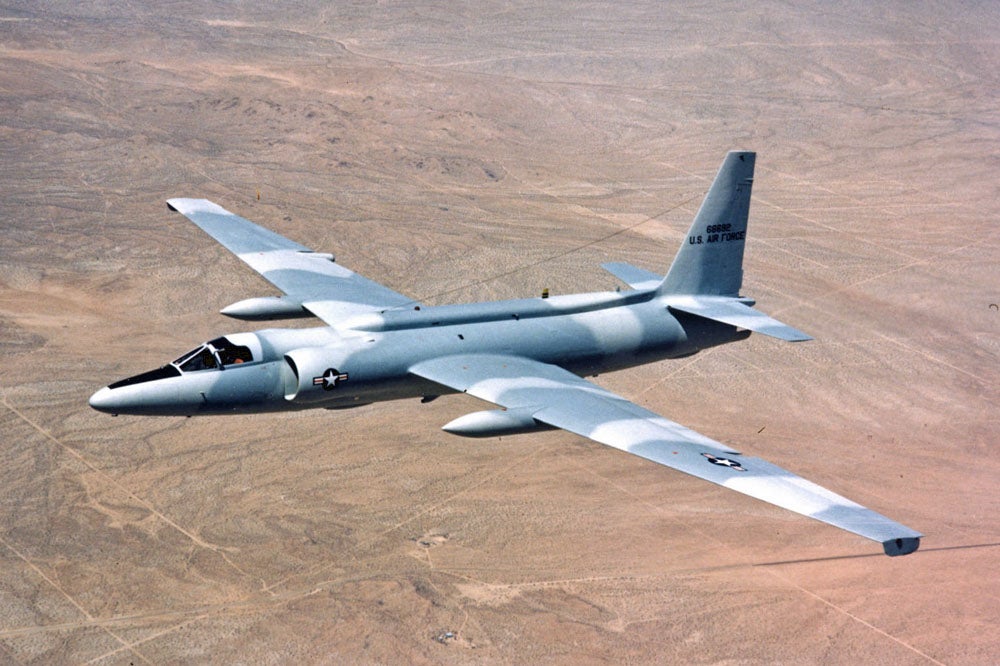
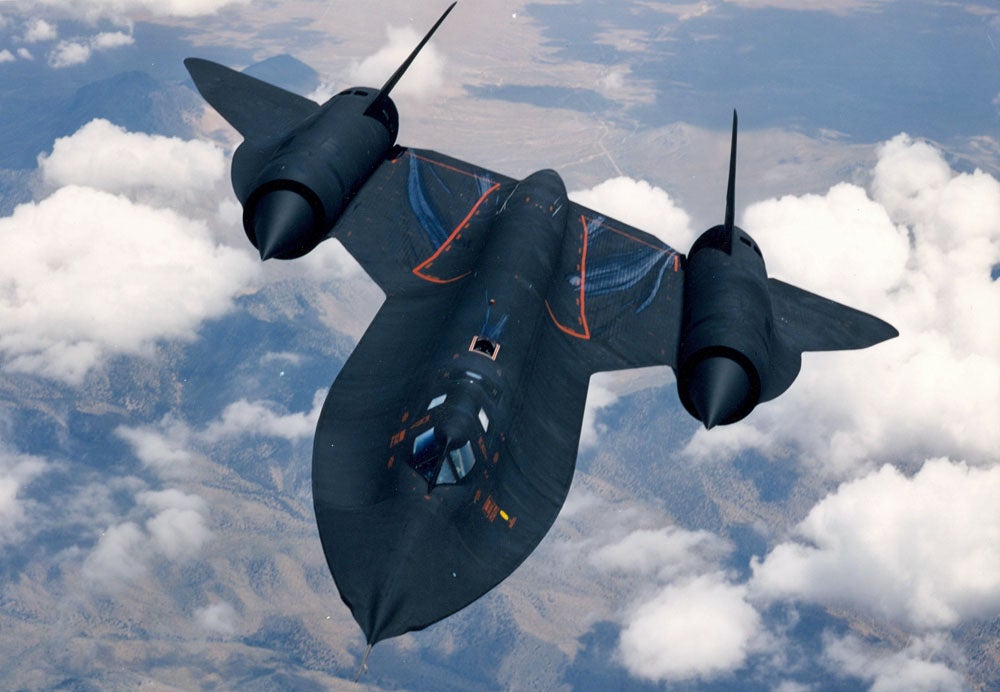
Top : F-104 Starfighter Middle : U-2 in "Sabre" livery Bottom : SR-71 Blackbird
The !!!error: Indecipherable SUB-paragraph formatting!!! of aircraft Johnson either designed or had a hand in designing is long and distinguished, certainly too long to list here. And his !!!error: Indecipherable SUB-paragraph formatting!!! of honors and awards is likewise too long. However, it should be noted that Johnson won the prestigious !!!error: Indecipherable SUB-paragraph formatting!!! twice, joining a very short list of individuals who won the trophy more than once. The Collier Trophy is awarded to those who have made "the greatest achievement in aeronautics or astronautics in America, with respect to improving the performance, efficiency, and safety of air or space vehicles, the value of which has been thoroughly demonstrated by actual use during the preceding year." Johnson won his first Collier in 1958 as part of the team that created the F-104 Starfighter, and he won his second in 1963 for development of the A-11, which was the prototype of the SR-71.
In retrospect, Johnson's genius is undeniable. But it was obvious to those around him from an early age. !!!error: Indecipherable SUB-paragraph formatting!!! recounts the following anecdote about the young engineer:
Most everyone who worked with Kelly was quick to recognize his genius. Hall Hibbard, young Kelly's boss at Lockheed, recalled watching him convert the Electra into the Hudson bomber during a 72-hour marathon redesign session. "That damned Swede can actually see air," he later told Rich. When Kelly learned of Hibbard's remark he said it was the greatest compliment he had ever received.
Kelly Johnson died December 21, 1990 at the age of 80.
 MonkeePuzzle
> ttyymmnn
MonkeePuzzle
> ttyymmnn
02/27/2015 at 10:41 |
|
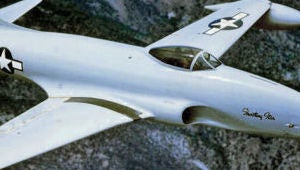
I love the almost boatlike look and simplicity of the early jets. very rounded.
 ttyymmnn
> MonkeePuzzle
ttyymmnn
> MonkeePuzzle
02/27/2015 at 10:42 |
|
I sat and looked at that photo for a long time when I was writing this. It's simply gorgeous.
 yamahog
> ttyymmnn
yamahog
> ttyymmnn
02/27/2015 at 10:49 |
|
Happy birthday and Go Blue! UofM celebrated 100 years of aerospace engineering last fall, I believe that wind tunnel in the Electra model photo is one of ours :)
 ttyymmnn
> yamahog
ttyymmnn
> yamahog
02/27/2015 at 10:56 |
|
Go Blue indeed! I was born in Ann Arbor in 1966 when my dad was there working on a doctorate in music. I almost attended U of M myself.
 You can tell a Finn but you can't tell him much
> ttyymmnn
You can tell a Finn but you can't tell him much
> ttyymmnn
02/27/2015 at 11:28 |
|
Just about any one of the planes that he designed would define a career for anyone else. Amazing how one guy could design so many iconic planes that were all pushing the envelope of their time. For that matter the U-2 has defined the edge of the envelope since it first flew in the 50's. Then seven years later he followed that up with the SR-71 that may never be equaled.
That is the first time I've seen a U-2 in anything other than black or the white NASA livery. I like it.
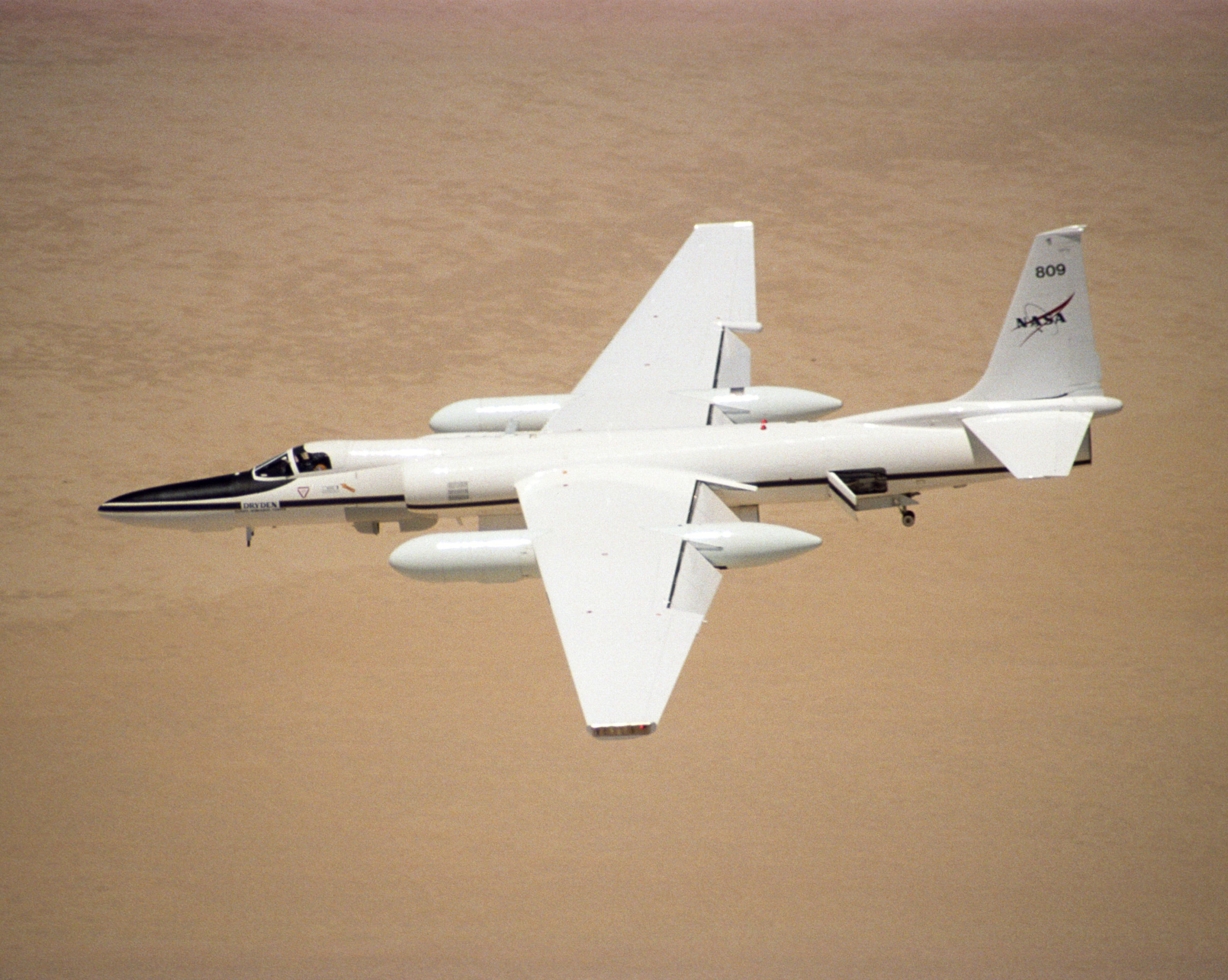
 ttyymmnn
> You can tell a Finn but you can't tell him much
ttyymmnn
> You can tell a Finn but you can't tell him much
02/27/2015 at 11:32 |
|
Just about any one of the planes that he designed would define a career for anyone else.
Very well said.
 orcim
> ttyymmnn
orcim
> ttyymmnn
02/28/2015 at 03:01 |
|
Uhm - ignore this comment. It's simply a reaction.
I read E.E.Doc Smith's Lensman series in the 60's and early 70's. One of things that leveled out of that experience was the human's ability to conceive, plan, execute and implement amazing things in short amounts of time (me not having corporate experience, found this to be totally plausible. Everyone working together, following a lead, brilliance in the back of room, etc.)
Johnson is that story in person. I believe he showed up at a brilliantly perfect time in societal life - I would lay money down that he couldn't have done what he did in the 80's onward. The culture isn't there unless you've been proclaimed King. But holy